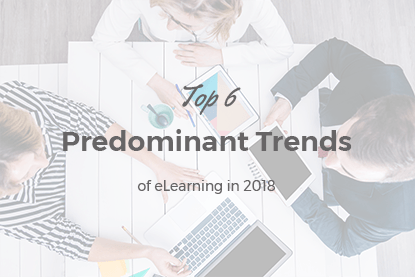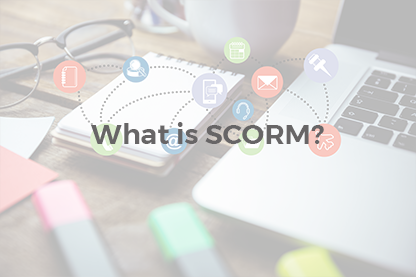With the course of time many eLearning course developers face the problem of expanding materials’ base and a necessity to organize the data. With the courses becoming more complex, content becoming more informative and the structure itself confusing the question of effective information overload management appears. However, JoomLMS is here to help you organize the materials and manage an unlimited number of course materials! Let’s figure out how!
The article was last updated on August 19th 2016.
With the course of time many eLearning course developers face the problem of expanding materials’ base and a necessity to organize the data. With the courses becoming more complex, content becoming more informative and the structure itself confusing the question of effective information overload management appears. However, JoomLMS is here to help you organize the materials and manage an unlimited number of course materials! Let’s figure out how!
The highest level of LMS hierarchy is course categories. Categories group the courses based on the similarities of characteristics or subject area. From one side they represent a collection of courses available for students (a kind of a course catalogue) and from the other – organize your source library to assure easy access and search.
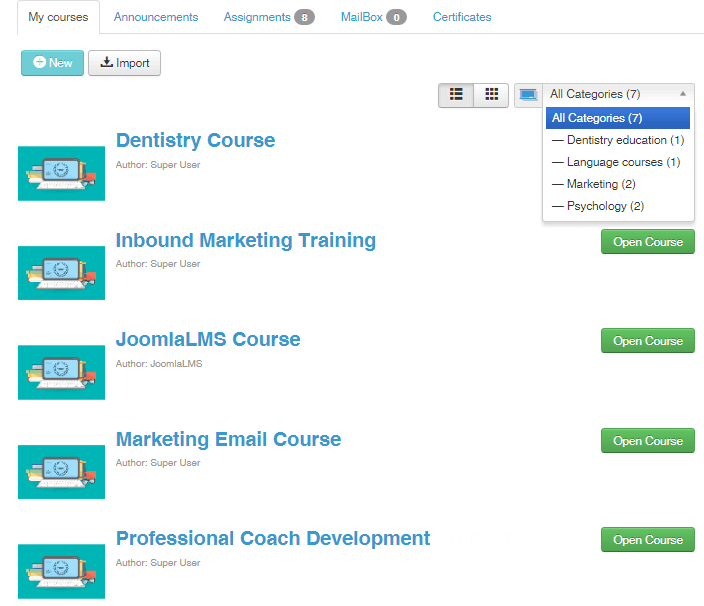
Concerning content organization inside the courses themselves there are three ways depending on the courses quantity inside your eLearning platform and their complexity:
1. The first one is based on Learning Paths and looks like this: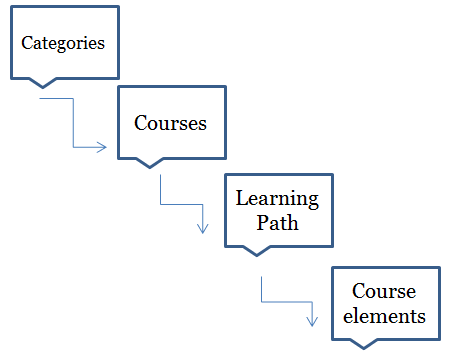
As you probably know Learning Paths represent successions of steps a student needs to take in order to complete the course. Depending on the number of the materials you want a student to absorb and the whole course complexity there are two ways to group the content:
- If the course is small the documents and quizzes can be uploaded directly to the learning path (in this case the course elements will perform as steps on the way to the learning path and the course the path is assigned to completion respectively).
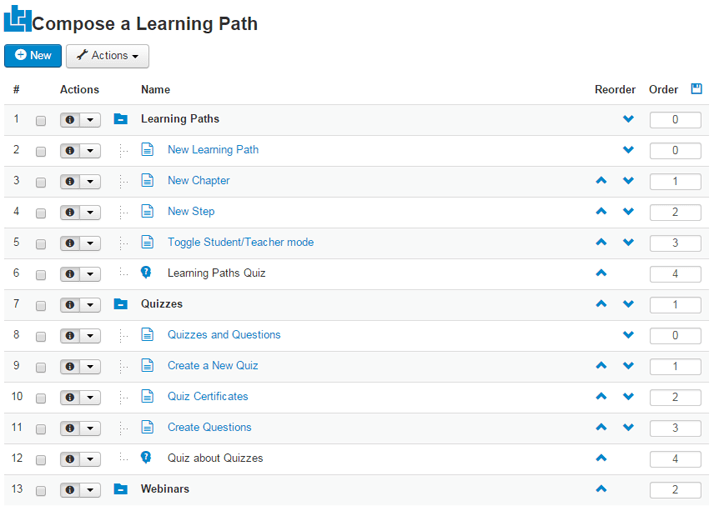
- If the course is more complex it makes sense to group the documents and quizzes inside chapters that will work as folders for your materials (in this case a student needs to pass all the steps inside the corresponding chapters first). Weeks, semesters or even models can be used as names for chapters:
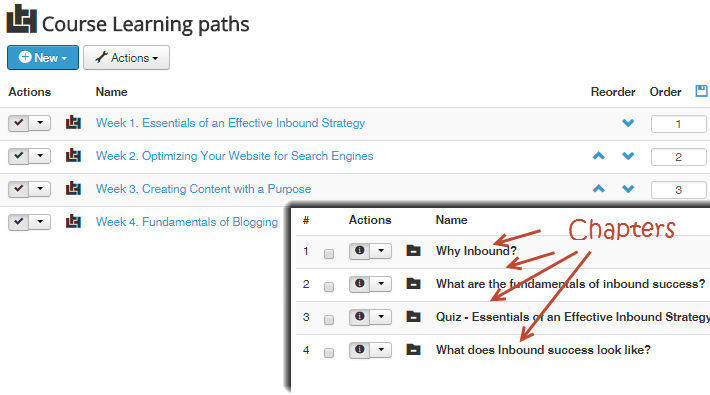
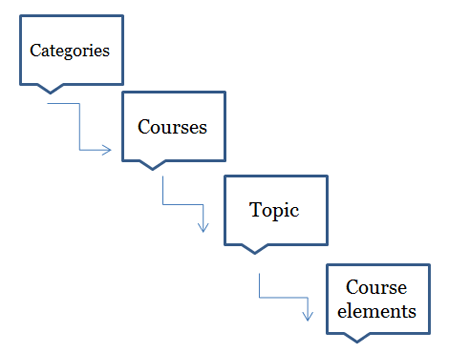
The main difference of this course documents organization is replacement of the learning paths by topics. Topics are intended to organize easy and rapid navigation to any course resource. And unlike learning paths there are no pre-requisites and the student is free to start learning from any topics’ element.
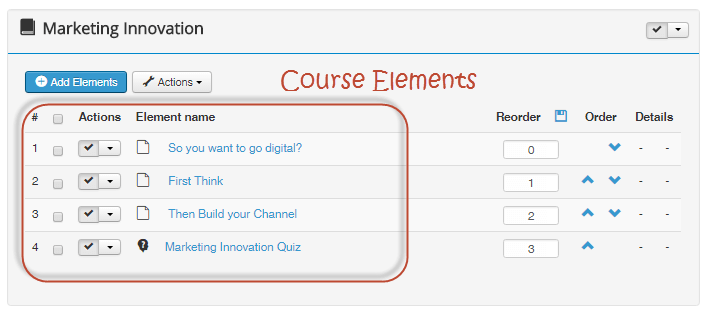
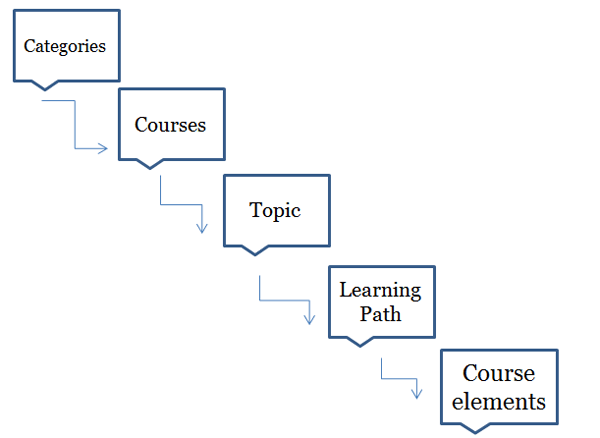
The principle combines 2 previous ones on account of grouping learning paths into topics. The approach is well suited for complex courses with numerous elements.
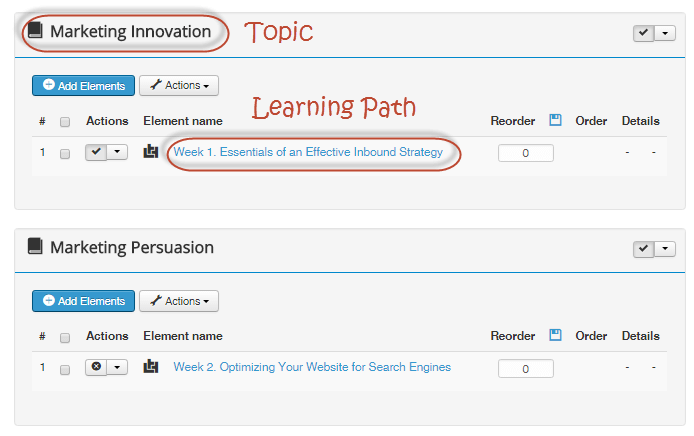
Content organization is one of the key points of offering qualitative learning to students. And whether you have just started building your eLearning portal or think about putting things in order now you know all the ways to keep your content organized: multiple courses can be grouped in categories, course elements can be combined in learning paths, chapters and topics. Try it using our DEMO capacities! Happy structuring then!
If you want to test course organization on your own feel free to request a free JoomLMS trial.
What to read next?
10 Reasons to Build Your ELearning Project With JoomLMS [Infographic]
How to Get Students to JoomLMS Classroom?
How to Use LMS Reporting to Improve ELearning Performance





